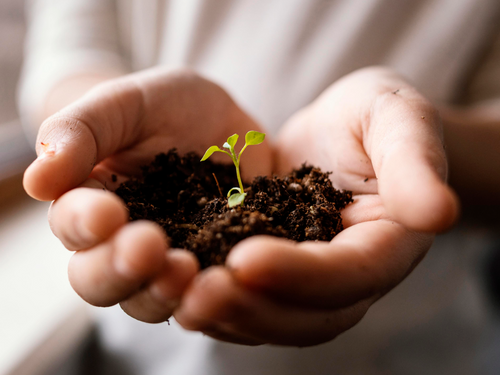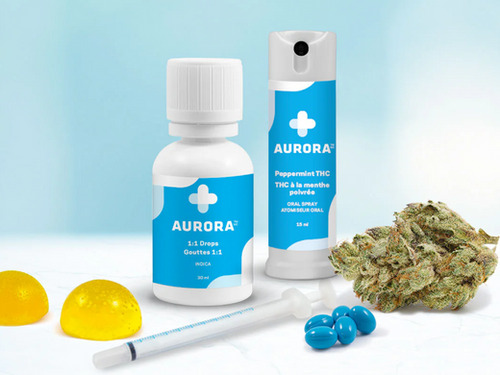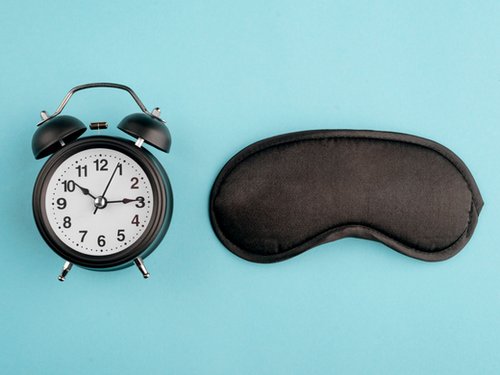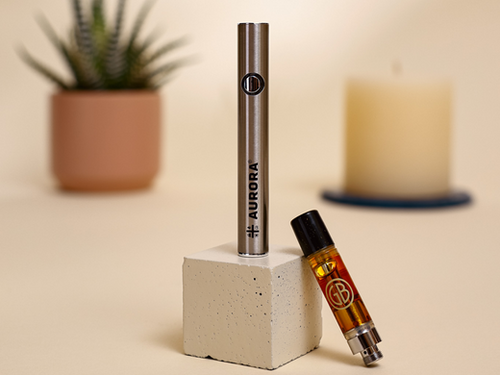Cannabis edibles 101

Popular Articles
Cannabis edibles are a product category that covers any cannabis product that is eaten and/or drunk. Common examples of these products in the Canadian medical cannabis market are gummies, chocolates, cookies and beverages (teas, flavored drinks etc.). Cannabis edibles are made by mixing cannabinoids into the different products. This may be done by including an isolate(s) (THC and/or CBD alone without any other terpenes or minor cannabinoids) or a full spectrum extract (which includes THC and/or CBD plus terpenes, minor cannabinoids etc. derived from a specific cannabis plant).
Cannabis edibles are a great alternative format to smoking or vaping and provide easy dosing that is consistent and discrete. The onset of edibles is slower than other formats (onset occurs 30 minutes to 3 hours post consumption), and effects last longer as well (up to 12 hours)(1). This is because once the cannabis edible is ingested, absorption of cannabinoids occurs via your digestive system before making their way into circulation around your body. This takes longer than when cannabinoids are inhaled and absorbed via the lungs. Because of this, it is important to always “start low, go slow” when working out what your optimal edible cannabinoid dose is. It is always best to take a small dose and wait up to 2 hours, before consuming more, so that you can avoid any unwanted side effects. Your dose may also vary between different types of edibles (i.e. different dose for a gummy than a drink) so be sure to keep that in mind if you decide to try different types of edibles.
Passing through the digestive system first before circulation, also means some THC and/or CBD is metabolized by the liver and broken down into their metabolites. For THC, this is particularly important as THC’s major metabolite, known as 11-hydroxy-THC (11-OH-THC), has its own effects, that are similar to THC but can be stronger. While inhalation also results in the creation of 11-OH-THC, ingesting cannabis high in THC leads to more 11-OH-THC than inhalation and is thought to be part of the reason the overall effect from ingesting THC edibles is different than inhaling cannabis high in THC.
Types of cannabis edibles:
There are many different types of cannabis edibles, so there is something for everyone looking to use an edible product. The following are some of the most common ones. And while oils, softgels and oromucosal strips technically do not fall under the cannabis edible category, since they are orally ingested (just like edibles!), these formats are outlined below as well.
1. Gummies
-
As the most common edible format, there is no shortage of flavors found in edible gummies.
-
Per Health Canada’s regulations for cannabis, there is a limit of 10 mg of THC per one gummy pack. Because of this, THC gummies tend to come in packages of 1 (1 x 10 mg THC), 2 (2 x 5 mg THC) and 4 (4 x 2.5 mg THC) unit(s).
-
As there is no limit on the amount of CBD that can be in a gummy package, CBD-only edibles have more flexibility in mg CBD per unit and number of units per package.
- Because gummies are evenly infused with an extract or isolate, they provide easy dosing flexibility.
- For example: halving a 5 mg THC gummy results in each half having 2.5 mg of THC
-
Cannabis chocolates come in a variety of flavors ranging from milk to dark chocolate with everything in between.
-
Packages often contain a single unit that is easily broken into smaller units.
- Similar to gummies, chocolates are evenly infused with an extract or isolate and so provide dosing flexibility.
- For example: halving a 10 mg THC chocolate results in each half having 5 mg THC
-
Cannabis beverages cover a broad range of products including infused teas, sparkling waters, juices, drink mix powders, decaffeinated coffee, sodas and more.
-
These products range from larger volumes (355 ml) to smaller volumes (20 ml)
- Because of the wide range of products in this category, the cannabinoid contents also vary quite a bit across the category. Make sure to check the cannabinoid contents and volumes of these products carefully!
-
Because oils do not fall under the edible category, they can contain higher amounts of THC than cannabis edibles. This means oils provide easier dosing for those looking for higher mg of THC and CBD than cannabis edibles.
-
Oils can be held in the mouth for some oromucosal absorption prior to swallowing, swallowed directly alone, or put into food or drinks and then ingested.
- Onset of oils when ingested, is similar to cannabis edibles but may result in a quicker onset and shorter duration of effect than edibles if the oil is absorbed in the mouth prior to swallowing.
-
Similar to oils, softgels are not technically edibles so they are not limited to 10 mg of THC per package.
- This format provides a higher mg THC per unit than edibles but is similar in terms of a consistent, discrete dosing option to edibles. However, softgels are not easily divided so provide less dosing flexibility than edibles.
-
Oromucosal strips like oils and softgels, are not limited to 10 mg of THC per package.
-
The strips are intended to be held in the mouth until dissolved to promote oromucosal absorption (cannabinoids are absorbed through the mouth directly into the body for circulation and do not go first through the digestive system). This can provide an onset and duration of effects more similar to inhalation, though likely still a slower onset than if cannabis was inhaled.
- Provides discrete, consistent dosing
How to identify legal cannabis edibles:
Cannabis edibles are a popular format for medical patients, but it can sometimes be tricky to know what a legal cannabis edible looks like. First off, it is important to remember that any product that includes either THC and/or CBD is regulated as a cannabis product, regardless of if the cannabinoids are sourced from hemp or cannabis. Secondly, you will not find any legal cannabis edible product (even if it just includes CBD!) in typical grocery or wellness stores (either physically in the store or online). Legal cannabis products (of any kind) will be found at licensed cannabis retailers (in physical stores or online) or via the online platforms of licensed producers of medical cannabis, like Aurora Medical.
Here is some information from Health Canada to help you identify a legal cannabis edible from an illegal one(2):
1. Legal cannabis edibles
-
Excise stamp with specific colours indicating the province or territory in which the product is intended to be sold
- Yellow box with a health warning message in English and French
-
Standardized cannabis symbol
-
Plain and child-resistant packaging (with the exception of plants and seeds)
-
Nutrition facts table for edible cannabis
- The package contains a maximum of 10 mg of THC (no matter how many edibles are in the container)
-
Have a multi-colour package
-
Look like a popular brand of candy or snack food
-
Have a name that's similar to a popular brand of candy or snack food
-
Look like candy that might appeal to children, such as gummy bears
-
Have glitzy or flashy promotions or other types of publicity such as celebrity endorsements
- Come in a package that:
- isn't child-resistant
- shows the product through the packaging
- Not have:
- an excise stamp
- the standardized cannabis symbol
-
a health warning message in English and French
- Claim to contain more than 10 mg of THC per package, which exceeds the maximum permitted in legal edible products.
How to safely store cannabis edibles:
Because cannabis edibles look like food products, it is important you store them properly to avoid any accidental ingestion by children, pets or other adults! Health Canada provides the following tips for storing your medical cannabis edibles safely(3):
-
Store them out of reach
-
Locking them away
- Keeping them separate from regular food and drinks
Have Any Other Questions About Consuming Cannabis?
We’re here to help! Please don’t hesitate to contact our Client Care team by email at askus@auroramedical.com or by phone at 1-877-928-7672. We are open Monday through Friday from 9 a.m. to 7 p.m. ET (6 a.m. to 4 p.m. PT).
References:
























